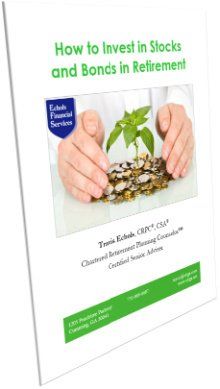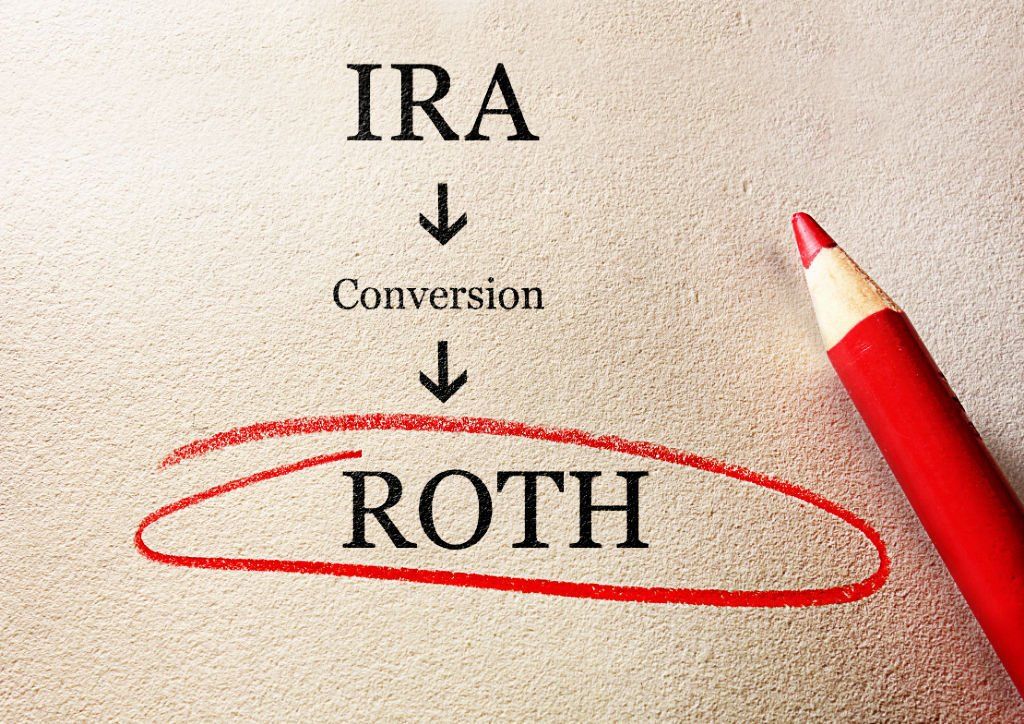Why Invest in Bonds?

Originally written on 11/50/2016.
Sign up to receive my monthly email articles on retirement planning--no cost, no obligation
.
You hear lots of financial advisors talk about investing in stocks and bonds for retirement. The average investor understands that the purpose of stocks is to grow your portfolio through capital appreciation and/or dividends. But what is the purpose of bonds?
Over long periods, stocks have outperformed bonds as you can see from this sample of 87 years, from 1/1/1928 through 12/31/2014.
https://www.ifa.com/12steps/step9/history_characterizes_risk_and_return#ChartFlashID351
Though stocks have historically outperformed bonds, the downside of stocks is their variability in returns, often referred to as volatility. An all-stock portfolio can have periods of tremendous growth and periods of tremendous declines. So a primary reason for using bonds is to reduce the volatility of a common stock portfolio. Safety of principle is the main concern. Therefore, when investing in bonds, typically there should be an emphasis on credit quality and maturity. Another primary reason for investing in bonds is to produce interest income. Bonds are generally capable of producing a higher regular income (called a coupon) than stock dividends. Price appreciation may also be a reason to invest in bonds if interest rates are anticipated to decline.

The S&P 500 and Bloomberg Barclays U.S. Aggregate indexes have had a comparable cumulative return for the past two-year period, but have taken very different paths to arrive at a similar destination. Observe below how stocks fluctuated, but bonds remained relatively stable. (The Barclays bond index represents most U.S. traded investment grade bonds except municipal bonds and Treasury Inflation-Protected Securities. The index includes Treasury securities, Government agency bonds, Mortgage-backed bonds, Corporate bonds, and a small amount of foreign bonds traded in U.S.)

In a low interest rate environment as we are in now, investors who are hesitant of too much stock exposure, yet desire or need growth or income, may choose a diversified laddered bond approach using intermediate-term, medium-grade bonds. This could be accomplished by buying individual bonds or a fund or Unit Investment Trust (UIT) that meets the investor's income, growth and time horizon objectives. In order to mitigate rising interest rate risks, individual bonds or UITs using individual bonds could be held to maturity. This means investors get their principal back at maturity regardless of a possible price decline due to rising interest rates in the interim. To mitigate credit risk, investors need to own a diversified portfolio of bonds from various industries. See How to Invest in Bonds in Retirement.
Every
investor's situation is different, but to maximize growth without
excessive volatility, most investors will at some point need to
construct a bond portfolio, especially during the retirement danger zone
(the ten years before and the ten years after you start retirement).
For more on this, read How to Navigate the Retirement Danger Zone
.


Travis Echols , CRPC®, CSA
Receive free Social Security Guide by email




Investment Advisory Services offered through JT Stratford, LLC. JT Stratford, LLC and Echols Financial Services, LLC are separate entities.











